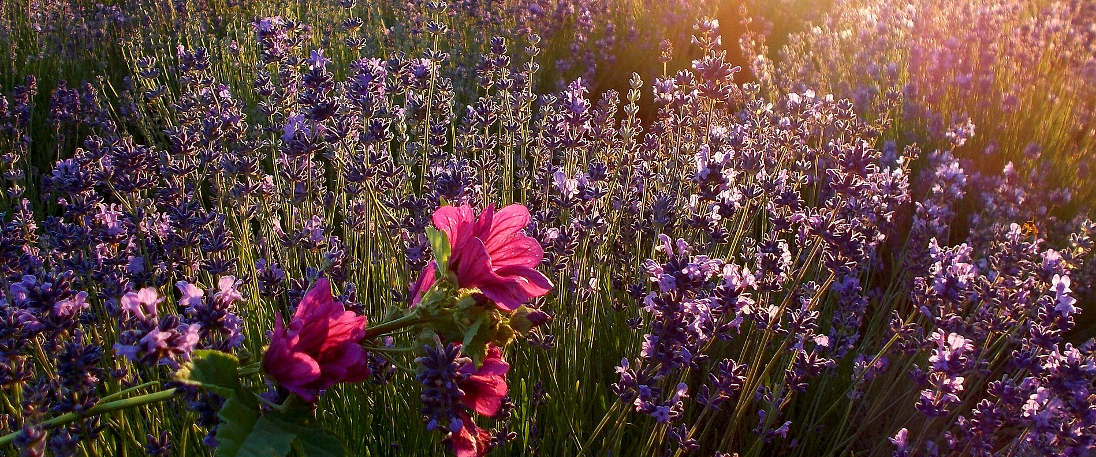
Perfumes of France…..
A short introduction to French perfumes and the history of the French
perfume industry – from its roots in the Provencal city of Grasse, to
today’s great internationally famous perfume houses in Paris

When it comes to the art of perfumes, no country ranks more highly than France.
Many of the greatest names in the perfume industry, Chanel, Christian
Dior or Estée Lauder are French, and in terms of
international perfume sales, France is leader, with 30% of the world
market. LVMH, one of France’s flagship companies, is the greatest
luxury-goods company in the world, and French perfumes and cosmetics
are among its most important brands.
It was not always so.
The history of perfume
France was certainly not the first country in the world to invent perfumes. In antiquity, the ancient Greeks and Romans were keen users of scents and perfumes; indeed, the art of perfumery can be traced right back to the origins of western civilisation in Mesopotamia. Perfumes were used to hide bad body smells, and make people smell attractive instead. In times before
bathing was a common activity, that was very important.
It was at the time of the Renaissance that perfumes became particularly popular in Europe, and it is Catherine de Medicis, wife of King Henri II, who is credited with having introduced a fashion for perfumes into France. Originally, before the age of running water, perfume and the sweet scent of flowers were principally used to hide the odours of unwashed bodies.

Today, while the big names of the perfume industry are based in Paris, and “perfumes from Paris” are particularly appreciated, the real heart of the French perfume industry is actually the small town of Grasse, in the Alpes
Maritimes department, northwest of Nice (Photo) . Some 20 km from the
coast and at an altitude of 350 metres, Grasse enjoys a mild
Mediterranean climate that is particularly suited to horticulture,
notably the production of jasmine, one of the most important natural
aromas used by the perfume industry. But Grasse is also famous for its
production of many other natural fragrances, including lavender,
myrtle, roses and mimosa.
Visitors to Grasse have plenty of opportunity to discover the history and scope of the French perfume industry , as the town is home to the International Perfume Museum, and to the Fragonard perfume museum. Several perfume houses offer free guided tours.
The perfume industry in Grasse involves some sixty different companies, and employs almost 3,500 people; and even though Grasse has had to move with the times and now produces synthetic as well as natural fragrances, it is the natural fragrances for which it remains justly famous. The great art of perfumery is extracting the fragrances of flowers and concentrating them in forms from which they can be transformed into the perfumes that are
eventually sold in little bottles at very high prices. The historic
methods of extracting fragrances from flowers are either by maceration
(soaking the flowers in a liquid that will absorb their fragrances) or
by distillation. The resulting concentrates are known as “essential
oils”, and it is from these that perfumes are blended and made.

A lavender field in Provence.
In recent years, particularly at the cheaper end of the scale, the natural fragrances extracted from flowers and other plants have been largely replaced by chemically produced scents, which can be mass-produced anywhere in the world. But in the production of top-of-the-range high quality perfumes, made from natural extracts of plants, nothing can replace the acquired skills of France’s master perfume producers. There is something in the secrets and techniques that are passed down from generation to generation under the Mediterranean sun in the area of Grasse, that just cannot be replicated of copied. In spite of the lucrative nature of the French perfume industry, other countries have so far found it impossible to challenge France’s reputation as purveyor of fine perfumes to the world.
Other posts :
How to Pick the Right Cologne/Perfume For You
What’s the Difference Between Cologne/Perfume, Eau de Toilette, and Eau de Parfum?
I know, it’s seems super complicated and, to be honest, it doesn’t really need to be. Here’s a top-level breakdown so you know the real difference and can now choose the right fragrance option for you.

What are Top Notes, Base Notes, and Medium Notes?

Top Notes: These are typically lighter scents and what you’ll smell first.
Base Notes: These are typically bolder and stronger scents that you’re left with after applying the cologne.
Medium Notes: These are typically your more fruity notes that combine with your top and bottom notes. It pretty much ties everything together.
Overall, the notes are the notes (if that makes sense), but the overall smell is going to differ person to person and how they truly interact with your own body’s chemistry. The notes are a good overall guide so you know what you’re getting out of the cologne, but don’t be afraid if you see a note that you may not love, it doesn’t mean the entire cologne will smell like that. It’s just how they all work together.
Base Notes: These are typically bolder and stronger scents that you’re left with after applying the cologne.
Medium Notes: These are typically your more fruity notes that combine with your top and bottom notes. It pretty much ties everything together.
Overall, the notes are the notes (if that makes sense), but the overall smell is going to differ person to person and how they truly interact with your own body’s chemistry. The notes are a good overall guide so you know what you’re getting out of the cologne, but don’t be afraid if you see a note that you may not love, it doesn’t mean the entire cologne will smell like that. It’s just how they all work together.


